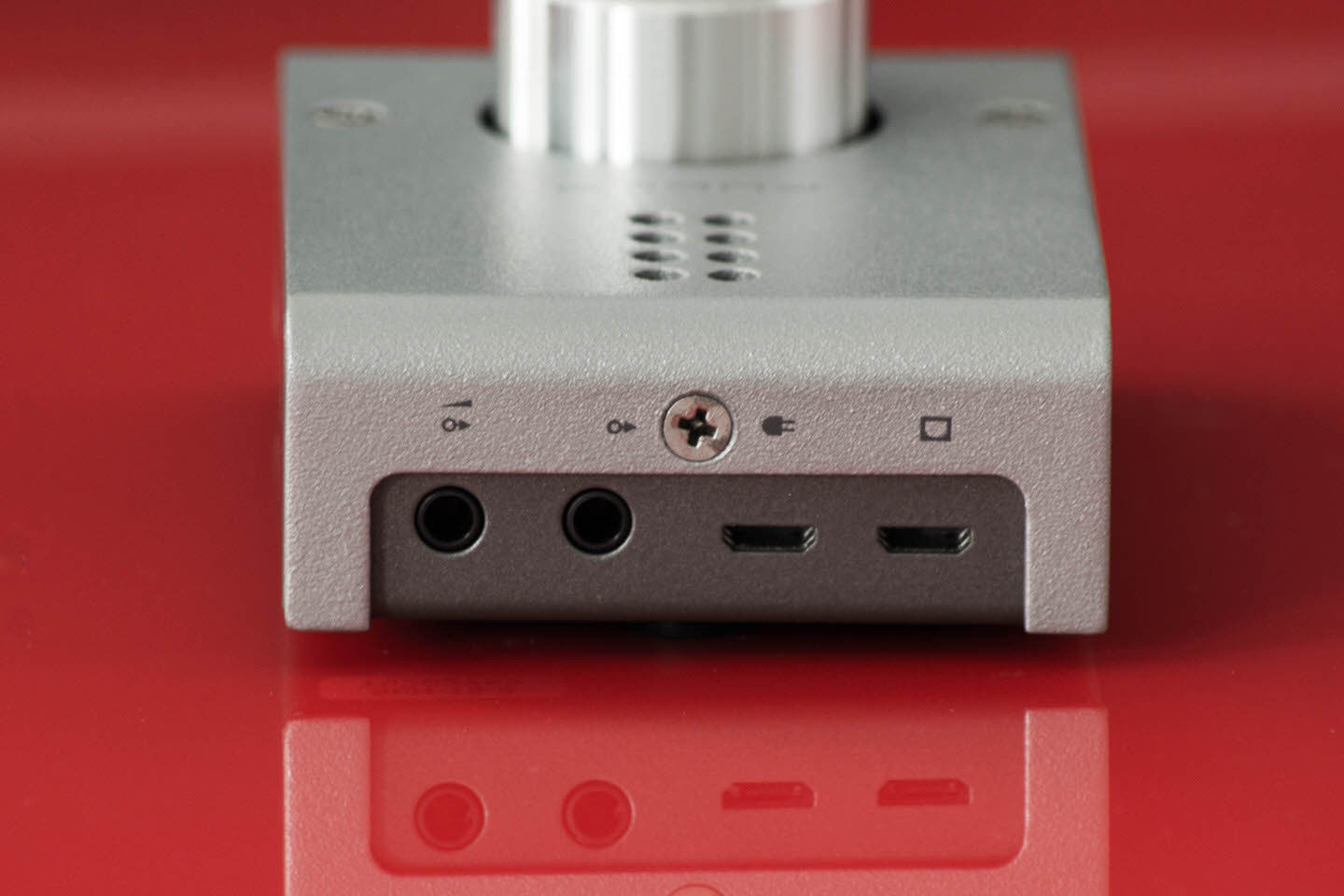


In listening tests, I could discern no difference at all between a simple direct USB connection, a powered USB hub, the Schiit supplied wall-wart, an iFi iPower 5v or my high-end linear lab-supply. In doing so, bear in mind that the Modi 3 has an internal SMPS as the first thing encountered after the power-input, so using an expensive external linear power supply is still going to result in power going through a switcher. Since the Modi 3 has a dedicated power-input, using a micro USB termination, it is possible to use power supplies other than the SMPS USB wall-wart that Schiit includes.
#AUDIOENGINE D1 DAC VS SCHIIT STACK DRIVERS#
Drivers are provided for earlier versions of Windows.
#AUDIOENGINE D1 DAC VS SCHIIT STACK WINDOWS 10#
Operation is driverless on macOS, Linux and Windows 10 (Creator’s Edition and later). In this case, connect the power before you attach the DAC to your iPhone. If you’re using a device like an iPhone, that limits power-output on its USB connection (via the Lightning to USB adapter), you an also use the USB power input to power the Modi 3. If you want to use the S/PDIF RCA or TOSLINK inputs, then you will need to connect the supplied USB wall-wart, or an appropriate alternative to the power-input.


For standard USB operation from a computer, or other fully USB 2.0 compliant source, you can simply connect it to a USB port with the included cable and be good to go. Modi 3 has two USB inputs, one for power and signal, the other just for power. It is only required if you are using a non-USB input or driving a device that cannot provide sufficient USB power (e.g. The included power-supply is small enough to sit sideways on a power-strip and only take up a single socket. A sturdy, plain, white cardboard box contains the DAC, a standard USB-A to micro USB-B cable and a compact, two-pin 5v + 1A switching USB power-supply. Build & PackageĪs with all Schiit products, the packaging is simple, plain and frill-free. The Modi 3 does not support native DSD playback, so no DSD content was used. The majority of the music I use in my evaluations is in “Red Book” CD format (16 bit, 44.1 kHz), most of which comes from CD rips an initial playlist for my audition listening can be found here. Other components used in this review include the Schiit Audio Vali 2 (tube-hybrid) and Magni 3 (solid-state) headphone amplifiers/pre-amps, their Modi Multi-Bit DAC, Loki tone-control/four-band EQ and Eitr USB-to-S/PDIF converter, Massdrop x Cavalli Tube Hybrid and Cavalli Liquid Carbon X amplifiers and an iFi Audio iPower 5v PSU. Headphones used for this evaluation include: Focal Clear and Elear, Sennheiser HD650, HD660S, Massdrop x AKG K7XX, Fostex TR-X00, HD6XX and Elex. There is no native DSD support - you’ll need to convert to PCM on the fly in your player or source. While some other affordable products with TOSLINK inputs exhibit issues above 24-bit/96kHz I found no issues here from a variety of sources, ranging from dedicated transports and desktop computers to digital audio players and adapters. Personally, I would just leave the thing powered on all the time.įormat support is for PCM bit-depths/sample rates from the CD-standard of 16-bit/44.1kHz up to 24-bit/192kHz on all three inputs. If you want to make this switchable you can use a switchable cable like this or a switchable adapter like this. The unit remains powered as long as the USB port it is connected to has power. Modi 3 is a very simple DAC - it supports PCM only-replay via any of three, manually switched, inputs - specifically USB, and then TOSLINK and RCA S/PDIF connections, along with a pair of options for powering it. Its flexible input options also mean it can also readily be paired with CD players/transports, game consoles or other AV devices. The target market for this little guy is to improve, or externalize, the sound from an existing computer audio solution, sound-card, or a tablet or other mobile device/phone. The Modi 3 that I am reviewing is on kind loan from Schiit Audio. Coming in at the same $99 price point as the preceding USB-only Modi 2, it now includes the S/PDIF COAX and TOSLINK inputs - options that were formerly reserved for the more expensive Modi 2 Uber - as well as a revised power supply design. The Schiit Modi 3 is Mike Moffat’s (the digital-guru at Schiit in California) latest entry-level desktop DAC offering.


 0 kommentar(er)
0 kommentar(er)
